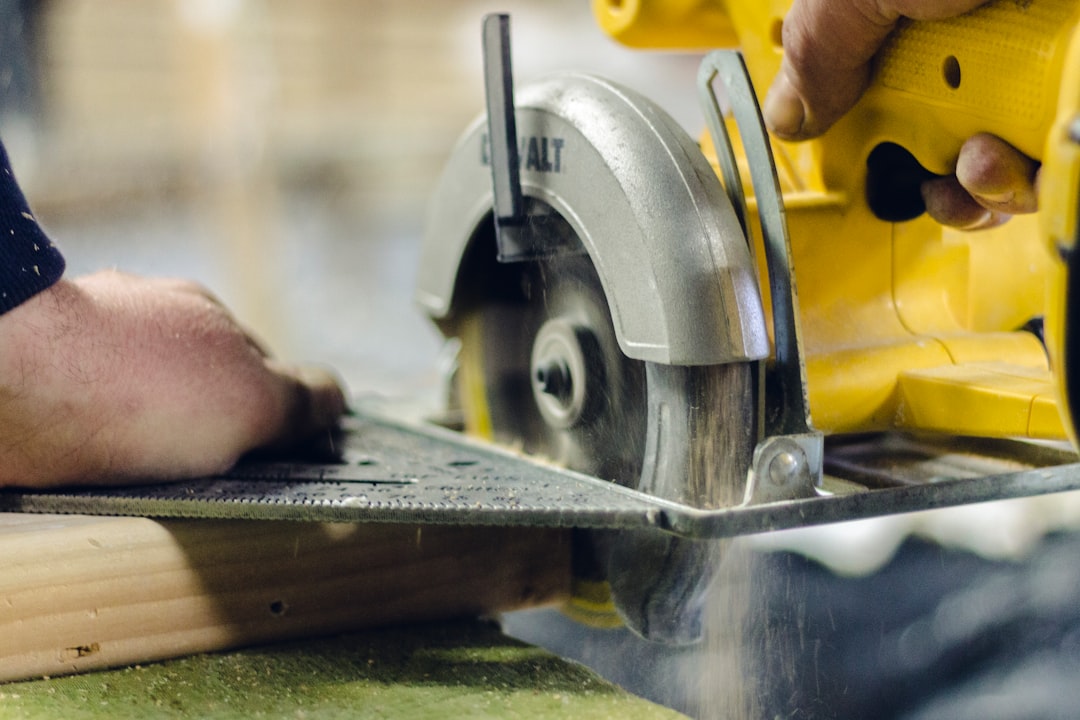Saw Doctor Kaiwhakatika Kani
Saw doctors set and adjust sawmill saws and repair, grind and sharpen hand, band and circular saws.
Saw doctors may do some or all of the following:
- examine saws for faults
- fix saws by welding, replacing teeth and hammering out lumps and twists
- sharpen saws using a file or filing machine and adjust tension
- maintain sawmill equipment and machinery
- complete relevant documentation
- ensure workshop areas comply with safety standards.
Physical Requirements
Saw doctors need to have good eyesight (with or without corrective lenses) and good hand-eye co-ordination.
Useful Experience
Useful experience for saw doctors includes:
- general engineering work
- timber machining
- work in a sawmill.
Personal Qualities
Saw doctors need to be:
- accurate, with an eye for detail
- patient and methodical
- practical
- safety-conscious.
Skills
Saw doctors need to have:
- mechanical and technical skills
- welding skills
- knowledge of saw repair, sharpening and maintenance
- knowledge of saw speeds, and wood and metal properties
- an understanding of safe working practices.
Conditions
Saw doctors:
- usually work regular business hours, but may work shifts at a sawmill
- work in sawmills, manufacturing or engineering workshops, or for saw and blade-sharpening companies
- may work in noisy and hazardous conditions
- may travel locally to visit clients.
Subject Recommendations
There are no specific secondary education requirements to become a saw doctor. However, construction and mechanical technologies, maths and physics are useful.
Related Subjects
Saw Doctors can earn around $48K-$65K per year.
Pay for saw doctors varies depending on experience.
- Saw doctors usually start on the minimum wage or a little more, with rates increasing as they gain experience.
- Trained saw doctors may earn up to $65,000 a year.
Source: careers.govt.nz research, 2020.
Saw doctors may progress to set up their own saw doctor business, or become a head saw doctor, overseeing a team of staff. They may also become sawmill supervisors or managers.
Years Of Training
2-3 years of training required.To become a saw doctor you need to complete an apprenticeship and gain a New Zealand Certificate Wood Manufacturing – Saw Doctoring (Level 3) or a New Zealand Certificate in Saw Doctoring (Level 4).
The industry training organisation Competenz and training provider Toi Ohomai oversee saw doctor apprenticeships and training courses.

 Onehunga High School
Onehunga High School